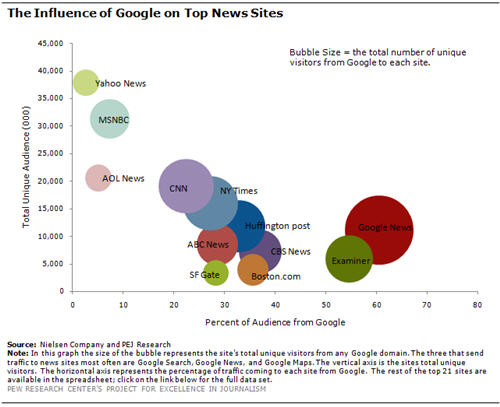‘Aussie mafia’ sets up the “biggest startup hub in Silicon Valley”
News just in that Elias Bizannes of Startup Bus fame is helping setting up Startup House, a 36,000 square foot space in San Francisco’s hopping SoMa district where entrepreneurs will live as well as run startups. There will be 150 desks in the lower floor, with upper levels including offices of the StartUp Bus and a number of international government agencies that want local launch pads for startups coming into the US. The intention is to run hackathons, startup weekends, and anything else that will support the local startup community.
TheNextWeb says that a group of the “Aussie mafia” (the Australian tech entrepreneur network in Silicon Valley) has bought the building and will take 6 months to transform it into this space. It notes that Plug and Play in Sunnyvale and Redwood City down the valley is bigger space-wise, but StartupHouse will probably be the biggest in San Francisco, and perhaps the biggest in the valley in a single building.
Here is a video from TheNextWeb being taken on a tour of the building – it’s an impressive space.

